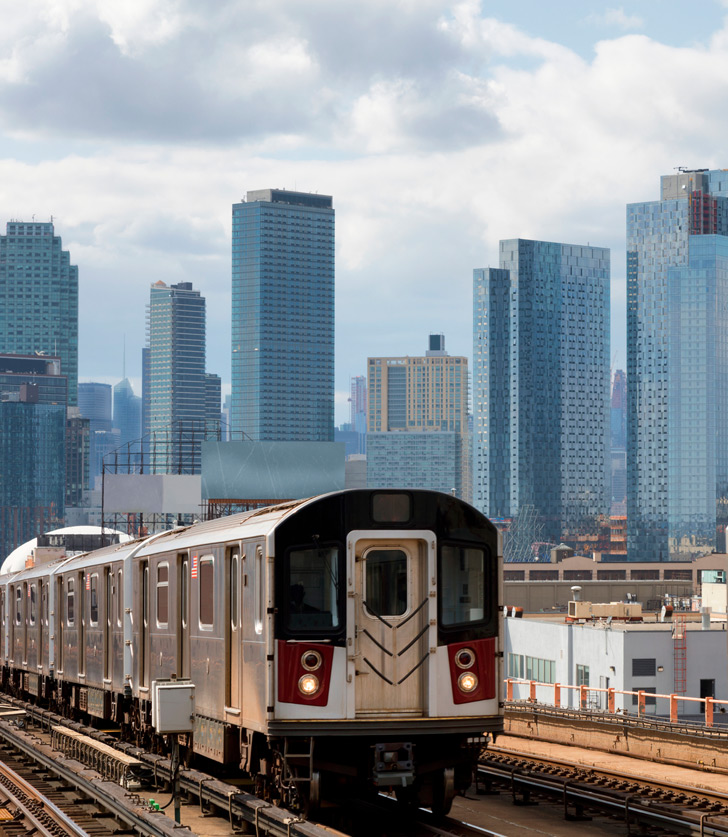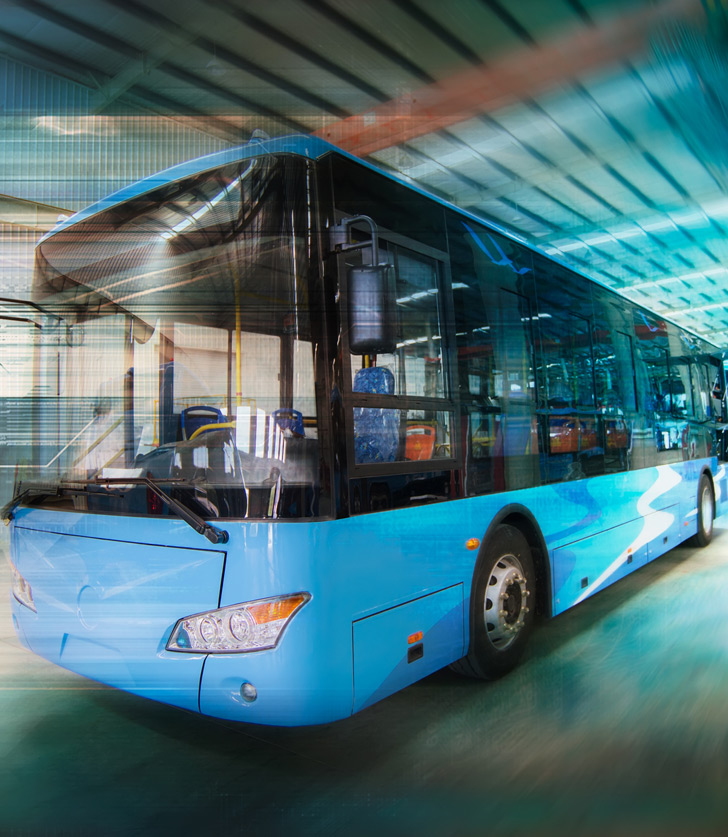
Transit accidents typically involve buses, trolleys, and similar forms of public transportation.
While accidents involving such vehicles are more likely to result in serious injuries when high speeds or sudden impacts are involved, it’s also possible for soft tissues, bones, joints, and other parts of the body to be affected by lower speed collisions.
Even if it appears that no harm was done in the aftermath of an accident, there’s always the potential for health problems to develop later.
Common Transit Accident Injuries
As is often the case with vehicle-related accidents, one of the most common injuries experienced is whiplash. This type of injury is caused by the rapid back and forth movement of tissues and structures in the neck and upper back. If the force is serious enough, vertebrae and discs in the neck could be affected as well.
Spine-related injuries are also common with transit accidents. If the spinal cord itself is affected, accident victims may be left fully or partially paralyzed. Spinal joints, nerves, and discs may be affected as well. Discomfort could also result if muscle groups that support the spine are irritated, over-stressed, or inflamed. Other injuries common with transit accidents include:
- Lacerations and/or bruises
- Traumatic brain injuries
- Broken bones or dislocated joints
- Post-traumatic stress disorder (PTSD) and similar psychological wounds or disorders
Diagnosing Injuries
With some transit accident injuries, a diagnosis can be made with a routine examination. If internal injuries are suspected, image tests that may include X-rays, MRIs, ultrasounds, PET, and CT scans are usually performed. With some injuries, especially ones involving the brain and/or spinal cord, patients may be observed for a brief period of time even if initial injuries appear minor. This step may be taken to look for signs of delayed injuries. With a brain injury, for example, an accident victim may develop delayed vision problems or issues with memory and other cognitive abilities.


Treatment & Related Care
Minor transit-related injuries often respond well to a brief period of rest, medication to control inflammation, temporary bracing, and/or therapeutic exercises. A customized PT program may be recommended to treat soft tissue injuries and some sources of spine-related symptoms. More extensive rehabilitation is usually needed with spinal cord injuries. Treatment for brain and head injuries can be equally complex, especially if there is neurological damage. Mild head injuries, however, are more likely to heal on their own. Transit accident victims may also benefit from treatment options that include:
- Injections into the affected area
- Rehabilitative exercises
- Arthroscopic surgery to correct joint damage
- Fusion surgery to restore spinal stability
- Electrical stimulation to disrupt pain signals
- Medication that may include painkillers, anti-inflammatory drugs, or muscle relaxants
The first step to take after a transit accident is to seek immediate medical care. If negligence may have been involved, appropriate legal steps may be taken as well.
